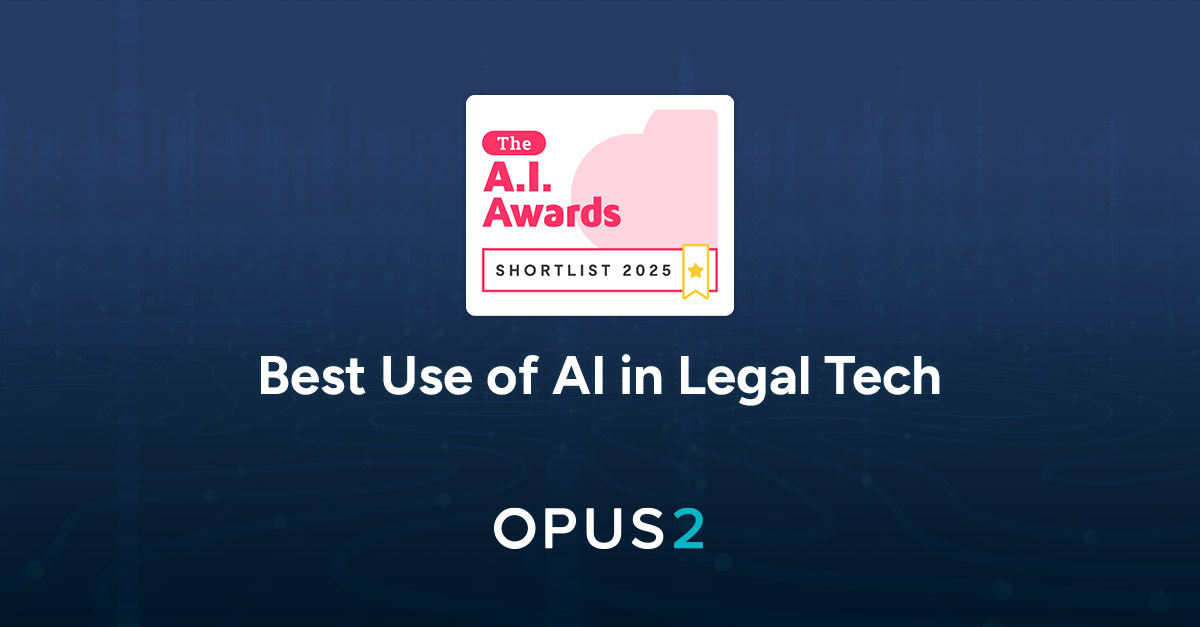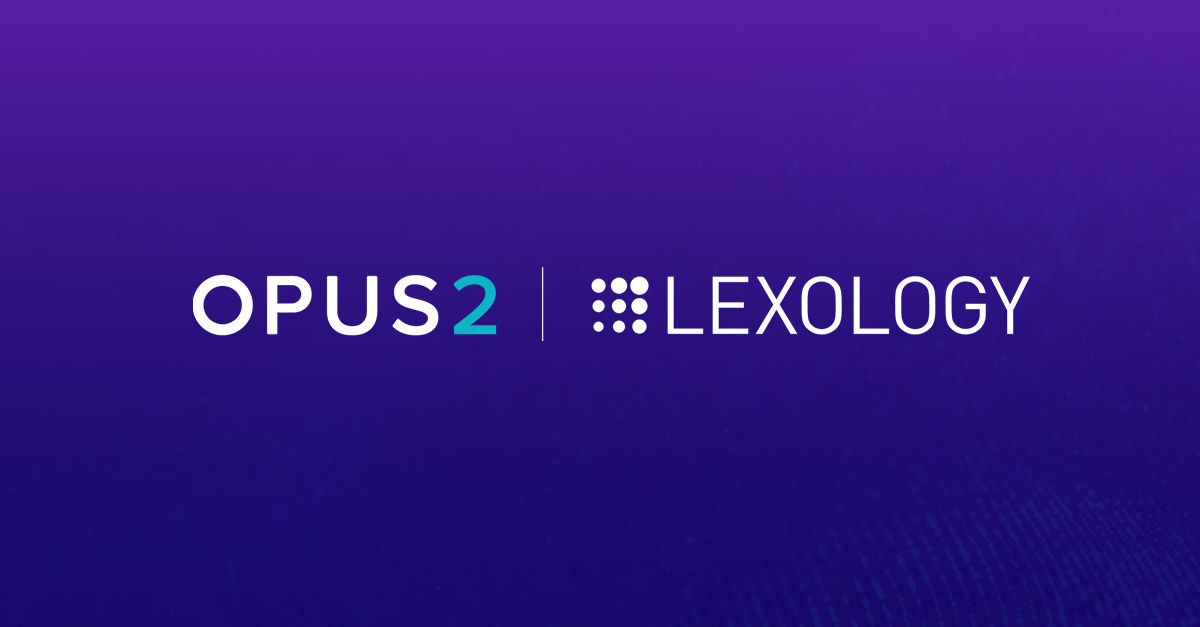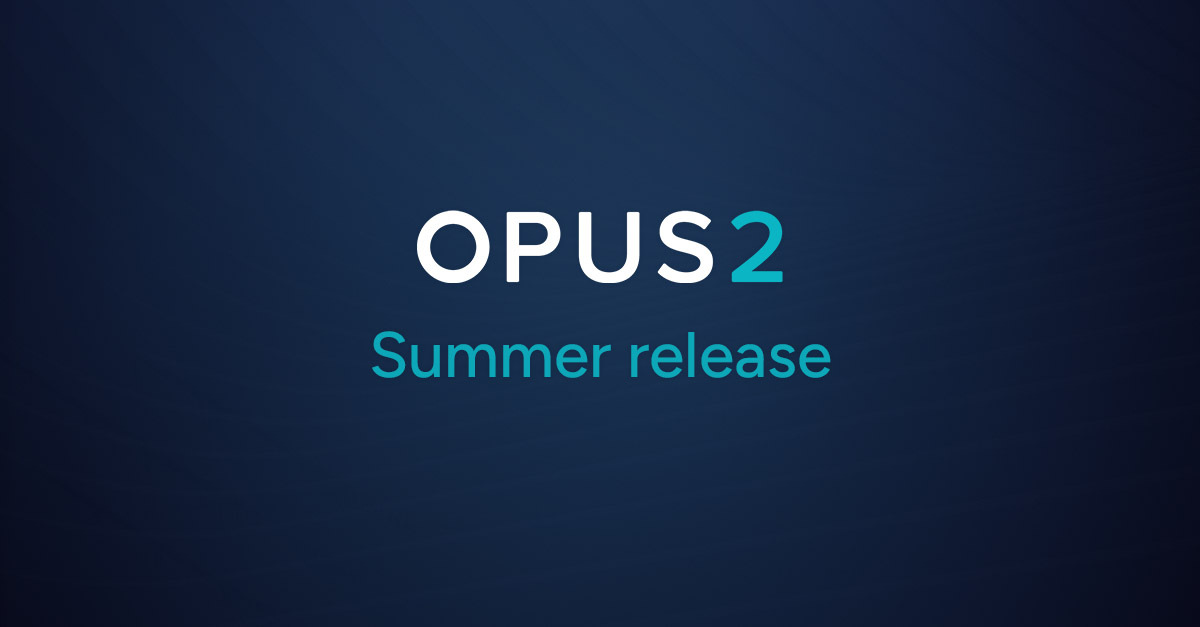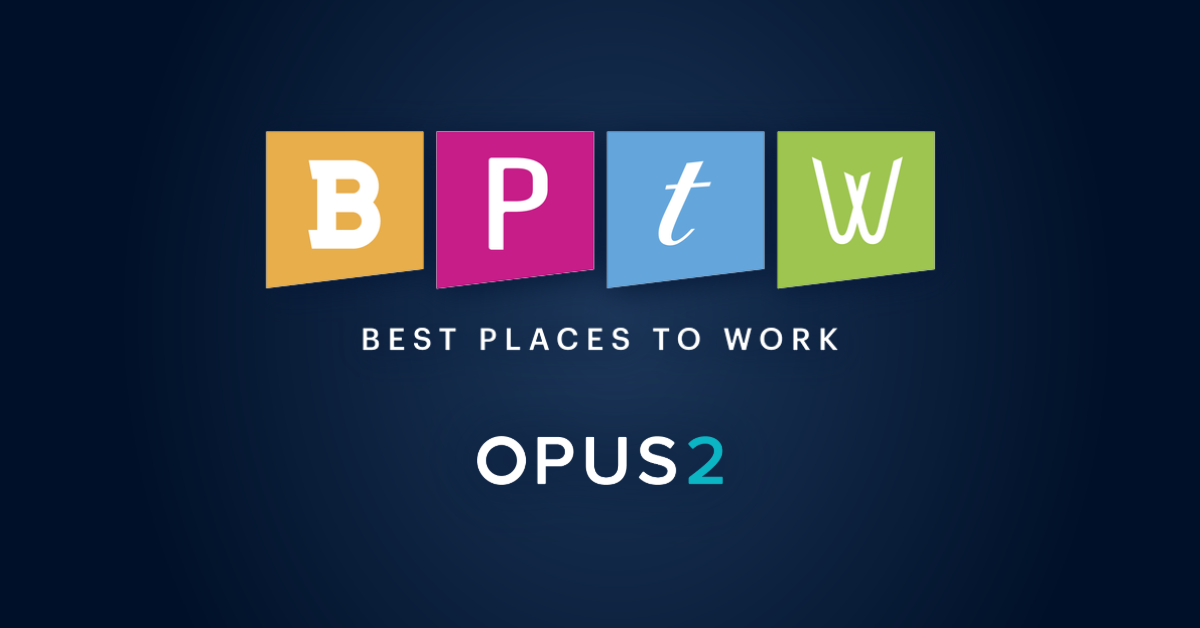This article exploring AI use cases and considerations for arbitration was originally published in The Resolver, Ciarb’s quarterly digital magazine.
AI is no longer at the margins of legal practice: it is becoming central to how we resolve disputes, allocate resources, and deliver justice. In arbitration, AI promises faster workflows, sharper insights, and more predictable outcomes. But it also raises critical questions about transparency, fairness, and human oversight.
The Chartered Institute of Arbitrators (Ciarb) has taken a pivotal step with the release of its much-anticipated Guideline on the Use of AI in Arbitration, offering a framework that centres around procedural integrity, accountability, and trust.
Through some real-world use cases, we explore how AI is transforming arbitration practice today and examine how the principles outlined in the Ciarb Guideline can help practitioners strike the right balance between innovation and obligation.
Five AI use cases in arbitration
The use cases below illustrate how AI is already reshaping arbitration, but they also reveal the need for balance between automation and human judgement and between efficiency and impartiality. For practitioners, each use case is not just a technological capability—it’s a call to consider how to align innovation with the core principles that make arbitration a trusted dispute resolution forum.
1. Assisting in the drafting process
AI can generate first drafts of correspondence and pleadings so lawyers can devote more time to strategy, client communication, and case theory. Arguments can also be optimised based on the review of documents by AI tools by making them more accurate and convincing.
Arbitrators can also benefit from AI’s drafting support, particularly when producing procedural orders, interim awards, and final decisions and using AI to streamline the drafting process and ultimately making the issuance of arbitral awards more efficient. AI tools can be used to improve the quality of documents drafted, reduce inconsistencies and produce more structured, coherent and succinct draft outputs.
For both lawyers and arbitrators, AI query functionality can be a great tool to make sure nothing is omitted or to help them solidify points made.
2. Reviewing and analysing documents
Arbitration cases often involve extensive documentation that requires significant time to review and analyse. AI-powered tools can dramatically reduce the time lawyers spend on document review by identifying key arguments, summarising lengthy materials, and extracting events, people, and entities.
For arbitrators, AI enables quicker identification of the most relevant evidence, streamlining the decision-making process and allowing them to focus on evaluating arguments and applying legal principles. Instead of sifting through hundreds of pages manually, arbitrators can use AI-generated summaries, timelines, and relationship maps to understand case dynamics.
For both lawyers and arbitrators AI tools extracting key information, analysing sentiment and tone and providing visual representations of large sets of information such as timelines or relationship maps can be a valuable asset in narrowing down large data sets and concentrating on the task at hand.
3. Organising and managing cases
Managing arbitration cases requires careful coordination of deadlines, evidence, communications, and procedural steps.
For lawyers, AI-driven case management tools help maintain organisation for their complex caseloads. These tools can automatically track tasks, assist with scheduling and team collaboration, and centralise correspondence, reducing the risk of missed deadlines and miscommunications while also improving responsiveness to clients and tribunals. AI tools can be used to organise key events, people and evidence and bundle documents ensuring successful management of the case whether that is in relation to preparing for a witness interview or a hearing.
Arbitrators can benefit from AI-enabled tools that consolidate case materials into searchable, well-organised formats, making it easier to access information during hearings and deliberations. AI tools assisting with managing evidence can also help arbitrators prepare for hearings, efficiently draft awards and importantly quickly see inconsistencies to raise questions, request further information and ultimately deliver justice.
4. Converting audio to digital text
AI-powered speech-to-text tools deliver transcription of audio into digital text. Lawyers can use these tools to capture witness interviews, internal team discussions, and hearing audio with high accuracy, then convert them into searchable, formatted text for case files or briefs, reducing the time spent on manual transcription.
For arbitrators, speech-to-text capabilities improve efficiency during hearings by allowing them to stay focused on the proceedings while automatically creating a reliable transcript for later reference.
5. Using predictive analytics to identify trends
While arbitration presents unique data challenges due to the confidentiality of awards and proceedings, AI can still offer meaningful insights through predictive analytics. These tools help law firms assess legal strategies and potential outcomes based on comparable litigation data and available arbitration rulings and trends. Such information can inform strategic decisions and settlement discussions early on.
Key considerations for responsible AI adoption in arbitration
While AI holds enormous potential to increase efficiency and improve access to information, it must be implemented in a way that upholds arbitration’s foundational principles: fairness, impartiality and independence, confidentiality, due process, and enforceability.
The Ciarb Guideline offers a framework for navigating this evolving landscape. It sets out the ethical, procedural, and technical considerations to guide the selection and deployment of AI tools across the arbitral ecosystem. The following principles drawn from the Guideline can help practitioners make informed decisions about when and how to use AI in arbitration and on the selection of the appropriate AI tools.
Transparency and explainability
One of the challenges of using AI in arbitration is the so-called “black box” problem1—where it’s unclear how a model reaches its conclusions. Guideline Section 2.6 addresses this problem and recommends a cautious approach when it comes to outputs generated under these circumstances. Interestingly, however, how does the AI “black box” problem compare to the unpredictability of a human mind?
Transparency is crucial when relying on AI-generated outputs, to assess risk and prepare legal submissions. Legal professionals must be able to explain to clients—and, if necessary, to tribunals—how AI tools contributed to their strategy or conclusions. Understanding how AI tools arrive at summaries or recommendations helps practitioners ensure that they remain the ultimate decision-makers and do not unintentionally defer to opaque or flawed logic. Explainable outputs allow arbitrators to cross-check AI-assisted analysis against their own reasoning and legal judgement. Furthermore, well-reasoned arbitral awards could address some of the concerns around the “black box” problem.
Disclosure and ethical compliance
Guideline Section 7 encourages appropriate disclosure of AI use in arbitration—particularly when AI-generated content affects evidence, argumentation, and awards and Section 9 promotes transparency over use of AI by arbitrators.
For lawyers, this means clearly communicating when AI has contributed to a submission, shaped an argument, or analysed a body of evidence. Proper disclosure ensures that opposing parties and the tribunal can assess content’s reliability and also ensure validity and enforceability of an award. Such disclosures could also assist lawyers to comply with their ethical duties towards their clients and the tribunal.
For arbitrators, disclosure may apply to any personal use of AI to aid decision-making. While internal tools may assist with research or synthesis, transparency about their role helps maintain confidence in award integrity. Arbitrators are selected to personally determine a dispute on the basis of their knowledge and skill; this is a personal mandate that any use of AI tool should respect. Managing disclosure of AI use can reduce the risks associated with arbitrators using AI and also mitigate any trust issues around its use.2
Confidentiality and data security
Confidentiality is a cornerstone of arbitration—one vulnerable to be compromised if AI tools are not handled with care. Guideline Section 2.2 flags the risks of using publicly available or cloud-based AI platforms that store or repurpose user inputs for model training.
Ensuring client data is protected means vetting AI vendors for compliance with privacy laws, confirming that data is not stored or shared without consent, and avoiding platforms that retain sensitive information3. Not all AI tools conform with the confidentiality needed in arbitration and a careful selection is a must as underpinned by Guideline Section 3.1.
Accuracy and reliability
AI tools can generate impressive outputs—but also occasionally incorrect and misleading ones. Guideline Section 2.1 underscores the importance of verifying AI-generated content and maintaining human oversight at all times.
Accuracy is non-negotiable and overreliance on unchecked outputs can lead to flawed arguments and reputational risk. Practitioners must verify AI-generated legal summaries, precedent suggestions, and procedural analyses. Reliability means never delegating core decision-making functions to machines. AI may assist in surfacing relevant facts or structuring information, but practitioners must retain control of legal reasoning and findings. This is of huge importance when it comes to tribunal decisions where the final award must reflect independent human judgement.
Bias mitigation
AI systems are only as objective as the data they are trained on and, in many cases, that data reflects long-standing patterns of bias. In arbitration, this can affect everything from how arbitrators are selected to how evidence is analysed and presented. Guideline Section 2.4 highlights these risks and urges practitioners to actively assess AI systems for fairness and inclusivity and also raises the importance of taking responsibility for any output delivered.
Bias mitigation means recognising the limitations of AI-generated outputs when analysing risk and interpreting case trends. Practitioners should work with vendors who are transparent about their training data and bias reduction techniques and should verify that outputs are balanced and representative.
Integration with legal workflows
While AI tools promise transformation, they must also support existing arbitration workflows. AI should enhance, not complicate collaboration and case preparation. Platforms should work seamlessly with document management systems, communication tools and also complement internal processes. Practitioners should aim to plug into existing technology with minimal disruption.
Explore best practices for implementing AI in arbitration
As arbitration enters this next phase, the question is no longer whether we will use AI, but how. Will we implement it in a way that narrows access and reinforces bias? Or will we harness it to make arbitration more inclusive, informed, and resilient?
The Ciarb Guideline challenges practitioners not just to adopt AI tools, but to do so thoughtfully, with a commitment to transparency, due process, and ethical integrity. The use cases explored in this article highlight what’s possible, but the Guideline offers a roadmap for balancing innovation with accountability, and efficiency with trust. Importantly, all arbitration practitioners should keep up to date with new AI developments and make sure they receive appropriate training to be able to take advantage of AI tools whilst limiting their risks–it is, after all, a balancing exercise that everyone must make. The Ciarb Guideline itself clearly states that it was developed on the basis of the current state of AI and that it might need to be updated in the future.
- Praštalo, B. (2024). “Arbitration Tech Toolbox: AI as an Arbitrator: Overcoming the ‘Black Box’ Challenge? Kluwer Arbitration Blog. https://arbitrationblog.kluwerarbitration.com/2024/08/23/arbitration-tech-toolbox-ai-as-an-arbitrator-overcoming-the-black-box-challenge/ ↩︎
- De Westgaver, C. M. (2023). “Canvassing Views on AI in IA: The Rise of Machine Learning.” Kluwer Arbitration Blog. https://arbitrationblog.kluwerarbitration.com/2023/07/12/canvassing-views-on-ai-in-ia-the-rise-of-machine-learning/ ↩︎
- Seet, A. (2023). “Arbitration Tech Toolbox: Looking Beyond the Black Box of AI in Disputes Over AI’s Use.” Kluwer Arbitration Blog. https://arbitrationblog.kluwerarbitration.com/2023/05/25/arbitration-tech-toolbox-looking-beyond-the-black-box-of-ai-in-disputes-over-ais-use/ ↩︎








